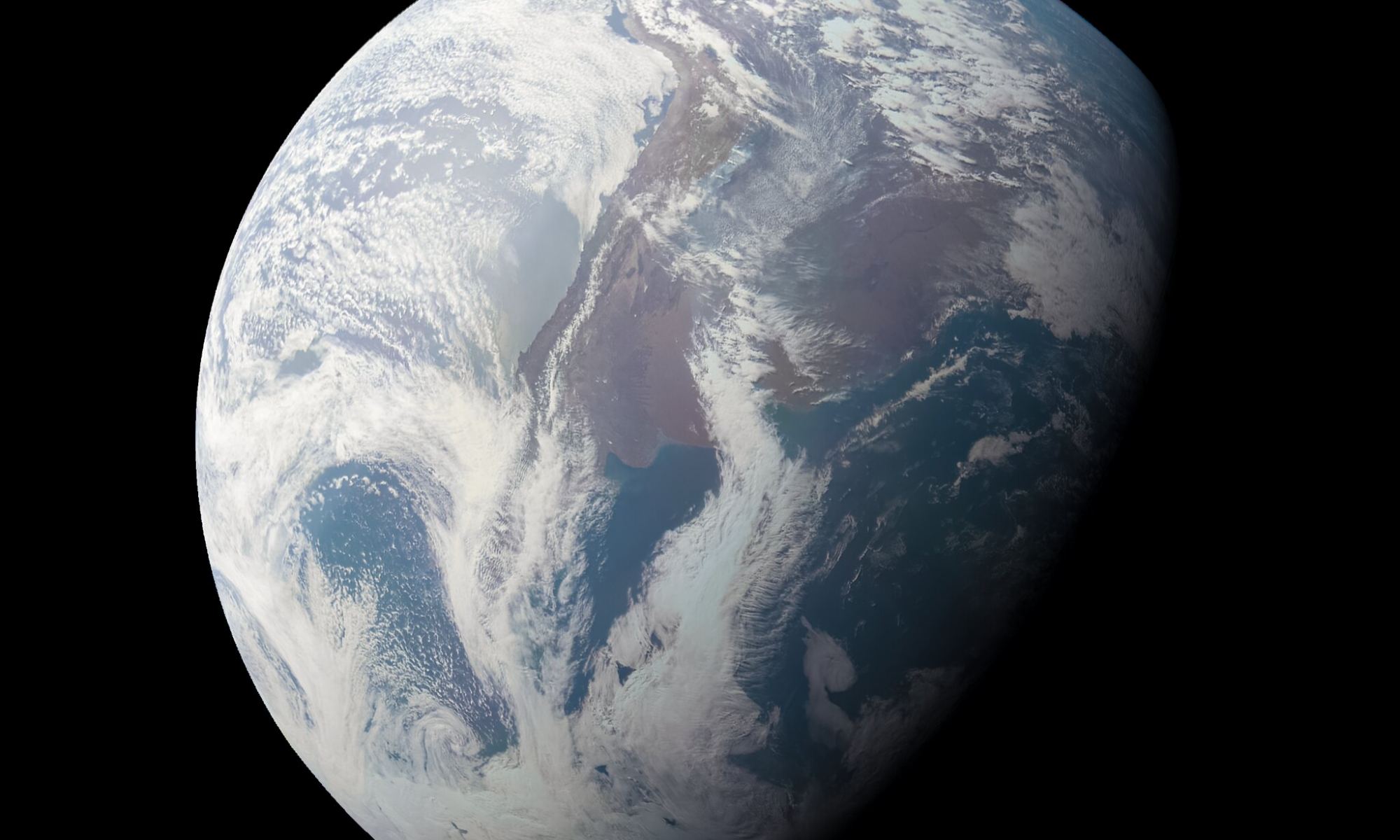NASA’s Apollo missions to the Moon brought back about 382 kilograms (842 pounds) of samples, including rocks, rock cores, rock, pebbles, sand, and dust. Scientists have studied those samples intently over the decades and have learned a lot. But they haven’t studied all of the samples.
In an impressive act of foresight, NASA left some of the samples unopened and in pristine condition. Why? Because they knew the technology used to study the samples would only improve over the decades.
Continue reading “50-Year-Old Lunar Samples are Opened up for the First Time”

